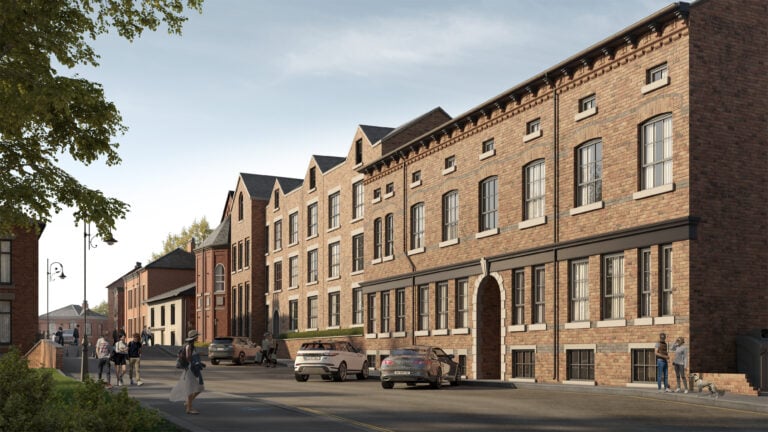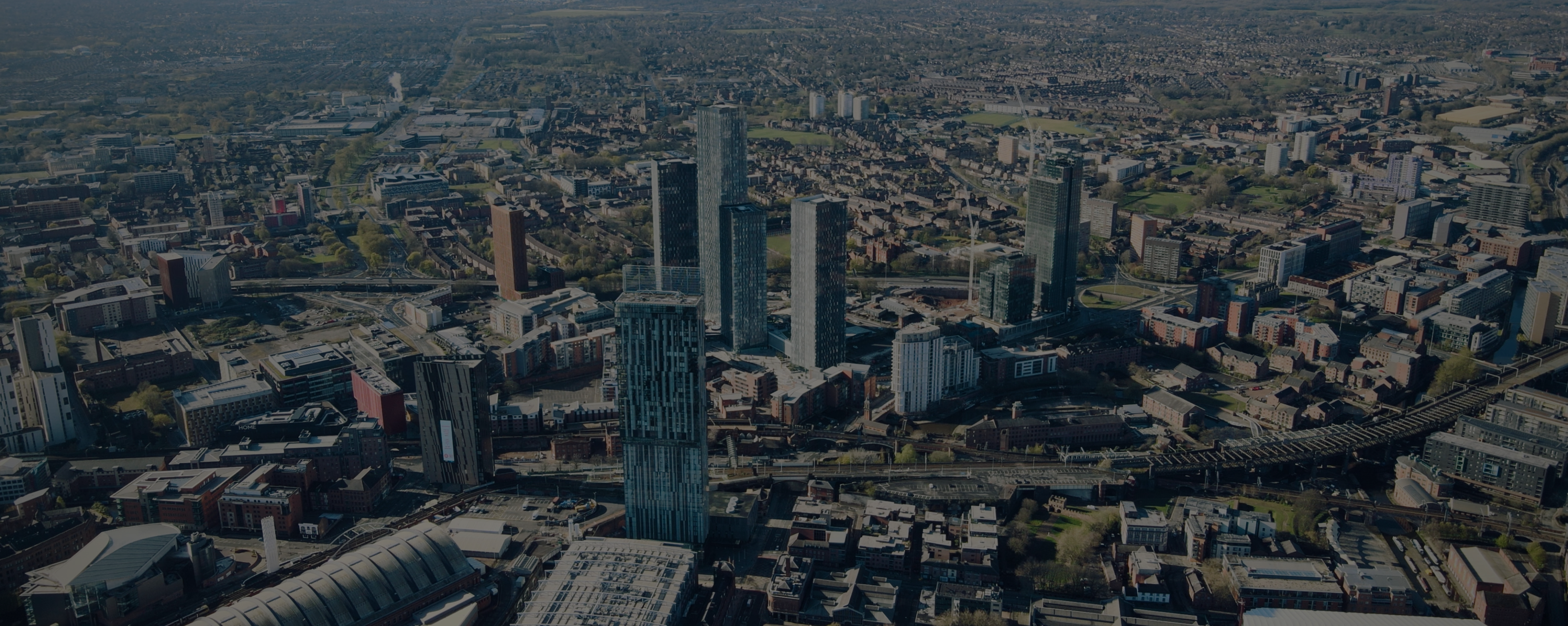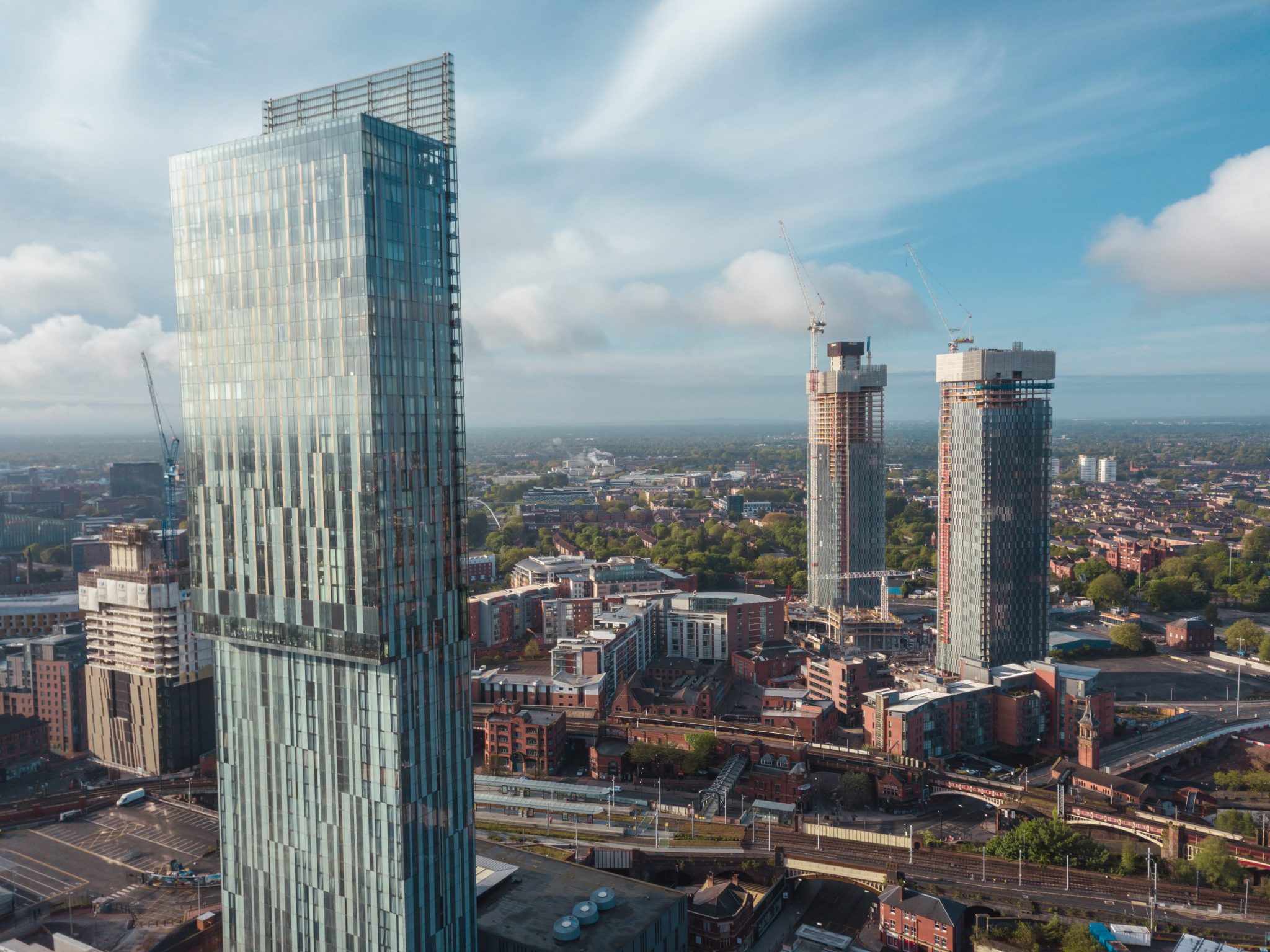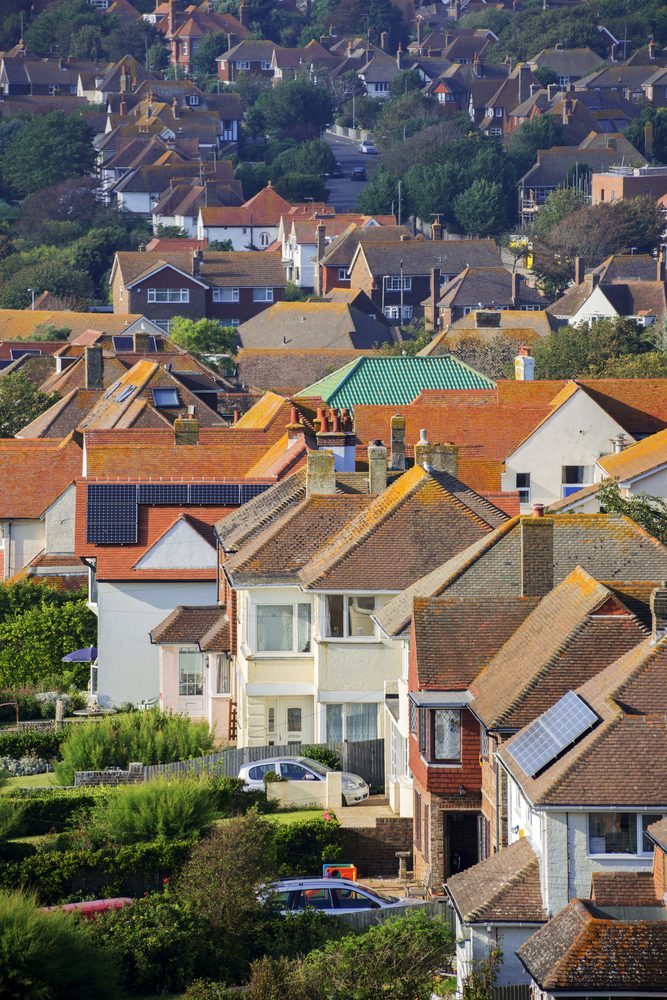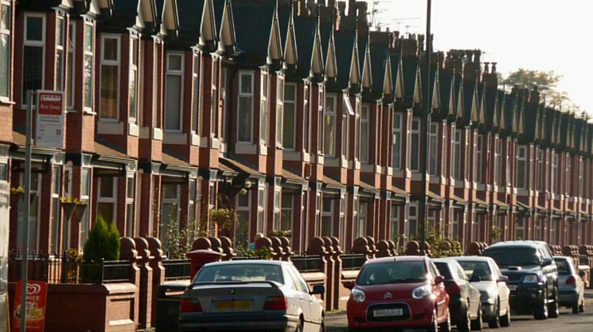Scotland has just become the most expensive part of the UK to be a landlord in terms of property tax, after a hike to Land and Buildings Transaction Tax (LBTT) was announced this week.
In the Scottish Budget announcement yesterday (4th December), a major change was made to the Additional Dwelling Supplement (ADS) that applies to second home and property investment purchases as part of Land and Buildings Transaction Tax.
It is a property tax that works in a similar way to stamp duty in England and Wales, where rates apply depending on the value of the property, and most purchases made in addition to a main residence are subject to a surcharge.
Yesterday, Cabinet Secretary for Finance and Local Government Shona Robison announced to the Scottish Parliament that the ADS would increase from 6% to 8%, effective from 5th December, which brings the property tax to the highest rate across all parts of the UK.
By comparison, the stamp duty land tax surcharge that applies in England and Wales was recently increased from 3% to 5% for property investors and second homebuyers.
Although stamp duty thresholds in England and Wales are currently set to revert to previous levels in April next year, making the property tax higher in many circumstances, the average additional home purchase will still be cheaper in England than in Scotland from a tax perspective.
It was also announced yesterday that, over the remainder of this Parliament, a review of LBTT will be conducted from next spring, where the impact of ADS will be assessed, and decisions will be made on whether any legislative changes will be brought forward in the future.
Property tax burden increase met with concern
The hike in property tax for Scotland’s buyers and investors has not gone down well with many in the industry, due to the negative impact it could have on the country’s rental market. Like England, Scotland is currently faced with an undersupply, pushing up rental prices for tenants, and it is feared this could be exacerbated.
Timothy Douglas, Head of Policy and Campaigns at Propertymark, said: “With huge demand for private rented property and long-term rent control measures contained in the Housing Bill, the Scottish Government’s decision to raise Additional Dwelling Supplement under Land and Buildings Transaction Tax from six to eight per cent is quite simply wrong and out of touch with the housing needs of Scotland.
“The decision leaves Scotland as the most expensive place in the UK to rent out a property and will further discourage new landlords to take on much needed private rented property to let.”
Timothy continued that Propertymark has long been calling for the Scottish government to review its property taxes, but says the latest decision, alongside tenancy rent caps and impending energy efficiency rule changes, “will do nothing to tackle the housing emergency and only raise rents further and put the burden of these costs on tenants”.
Investing in northern England
It means property investment in England could become more appealing to Scottish landlords, with lower levels of property tax alongside improving rental yields and property prices in the North in particular.
Both the North East and the North West of England have had property markets outperforming the rest of the country over the past few years, alongside a boost in the level of regeneration and redevelopment taking place in many of the north’s towns and cities.
While Scotland is one of the areas that Savills has predicted will see the greatest house price gains in the UK over the course of 2025, this is matched by gains expected to be made in the North West, North East and Yorkshire and the Humber. Meanwhile, its five-year forecast puts the north of England regions in the lead.
If you’re a property investor looking for your next lucrative opportunity in England, get in touch with BuyAssociation today to find out more about our current and upcoming developments.




